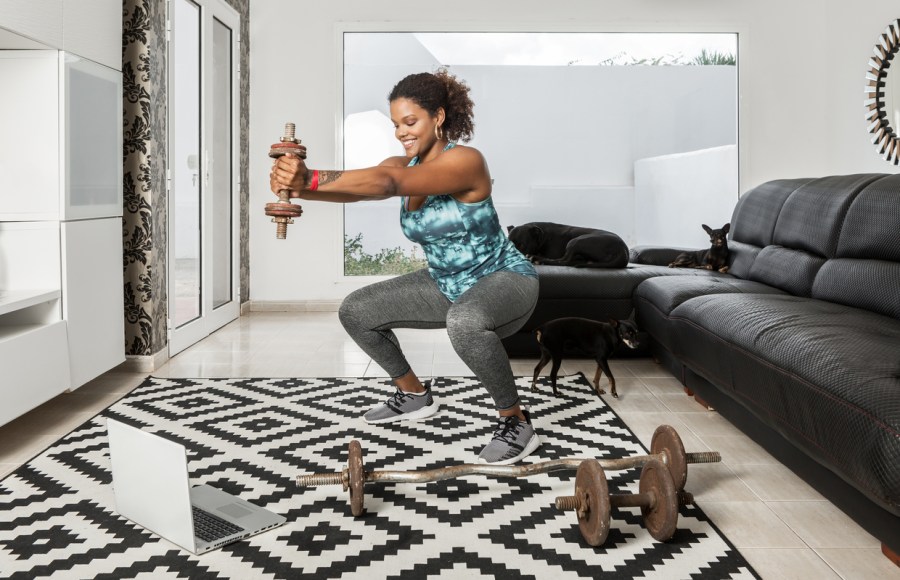Taking the time to improve your technique could make all the difference to your workout results. Here’s how to spot what’s wrong with your form and make it right…
By Emma Lewis
Well, the principle applies to your workouts, too, as taking your time to learn really good form will mean more impressive results and less chance of injury. ‘Good posture and technique is essential,’ says Katie Farnden from Future Fit Training.
‘Otherwise your body will follow the path of least resistance, particularly under load, choosing inefficient functional movement patterns. Then injury can occur.’ But what is good technique?
‘It’s an efficient movement that maximises your strength and minimises your chance of injury,’ says Jack McNamara, highly experienced strength coach and clinical exercise physiologist from TRAINFITNESS.
‘It properly combines stability with mobility. If you’re “too stable”, everything will be rigid and restricted, “too mobile” and your form will collapse.’
So, take time to master the basics and you can look forward to reaping the rewards! We’ve asked the experts for their top tips on how to improve your form for some common types of workout…
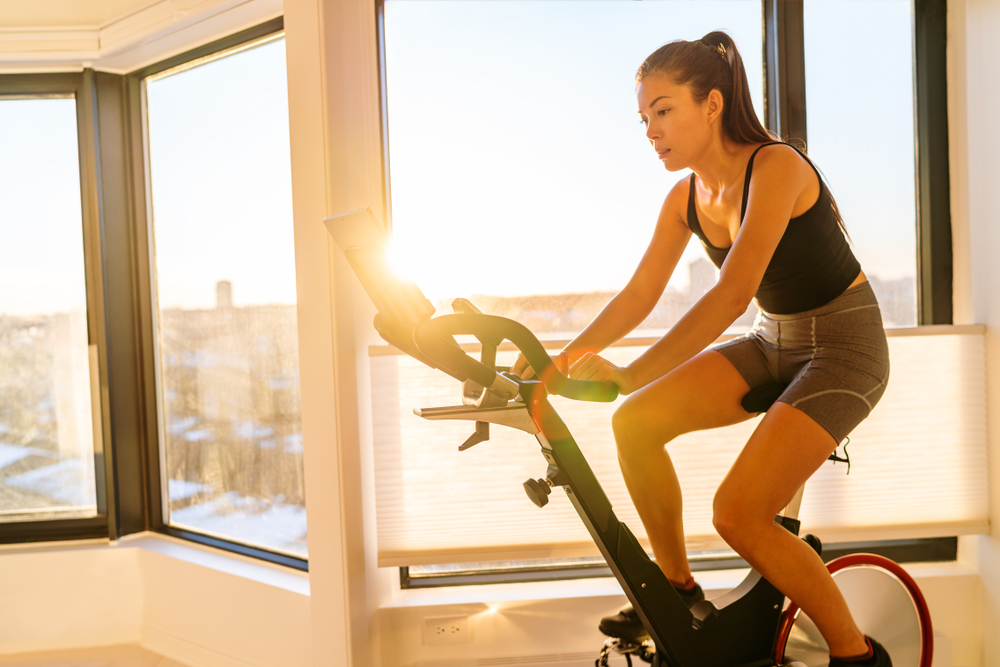
How to improve your indoor cycling technique
You may have invested in a stationary bike over lockdown, but are you sure it’s set up correctly and you’re pedalling efficiently? Here are a few vital things to check before you get started. ‘Saddle height should be parallel to your hip when you stand next to the bike,’ says Hilary Rowland, co-founder of Boom Cycle.
‘The distance between your saddle and handlebars should be about the same length as your forearm, and have your handlebars the same height as your saddle or a little higher. When you’re pedalling and your front foot is at the bottom of the pedal stroke, your knee should be slightly bent and over the ball of your foot.’
Now let’s think about technique. Alana Murrin, head of ride at indoor cycling studio Psycle (psyclelondon.com) points out some common mistakes. ‘We see a lot of people with a rounded and hunched upper back, too much body weight on the handlebars when riding out of the saddle or an over-arched lower back,’ she says.
‘Slide your shoulder blades down your back and imagine you’re squeezing an orange between them to avoid a hunched upper back. To take weight off the handlebars, move your hips further back and hover just slightly over the saddle. For your lower back, engage your core and glutes by gently tilting your pelvic bone forwards.’
Good technique can also bring more power, says Dr Barney Wainwright, sport scientist at Wattbike. ‘Apply pressure on the pedals at all times,’ he says. ‘Concentrate on pushing down and then pulling backwards as the pedal comes to the bottom of the stroke. Keep your ankles quite stiff too, to help transfer your leg force through the pedal.’
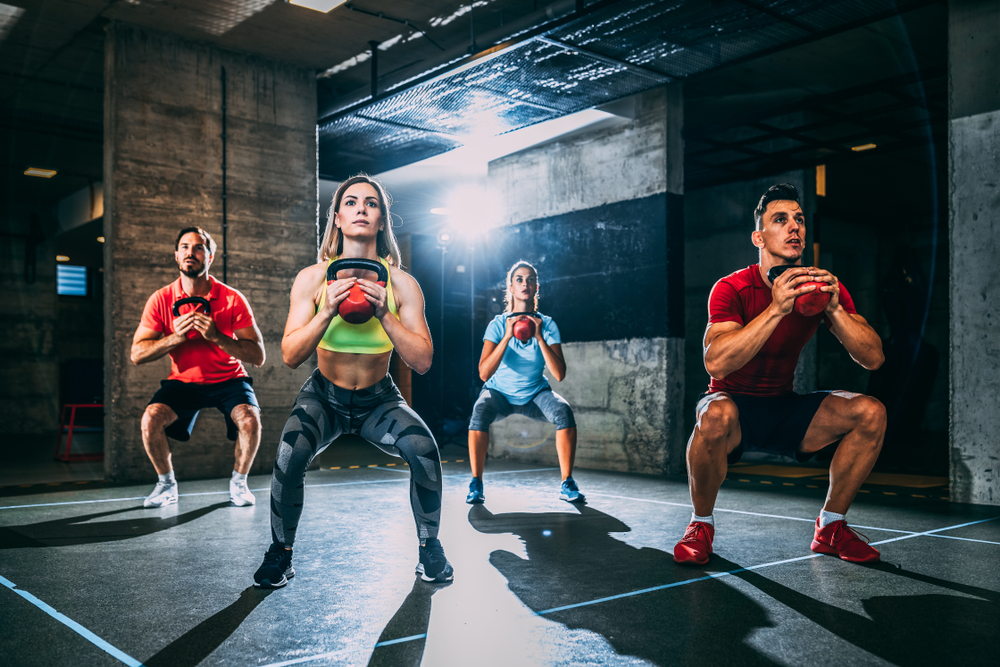
How to improve your kettlebell technique
We spoke to Steph and Jay Rose, founders of Phase SiX about how to make sure your kettlebell technique is tip-top. ‘Common mistakes we see include starting your movement with a rounded back, your chest down or caved in, or squatting too much,’ says Steph.
‘Think of a silverback gorilla stance, hinging at the hip, with your knees stacked above your toes, and maintain a “proud” chest up by pulling your shoulders back and down. Then, “spread the floor apart” with your feet, to help to engage your hamstrings, calves, glutes and back, as you “hike” the kettlebell back to start the swing.’
Once you’ve perfected that, Jay says, make sure you’re not dragging the kettlebell too low on the downswing. ‘Hinge at your hips and marry your arms to your body as soon as possible,’ he adds. ‘This will help distribute the weight more evenly through your spine.’
It’s also important to keep your wrists locked or slightly flexed inwards when doing the kettlebell clean, snatch, overhead press and Turkish get-up, says Steph, as bent wrists can cause injury.
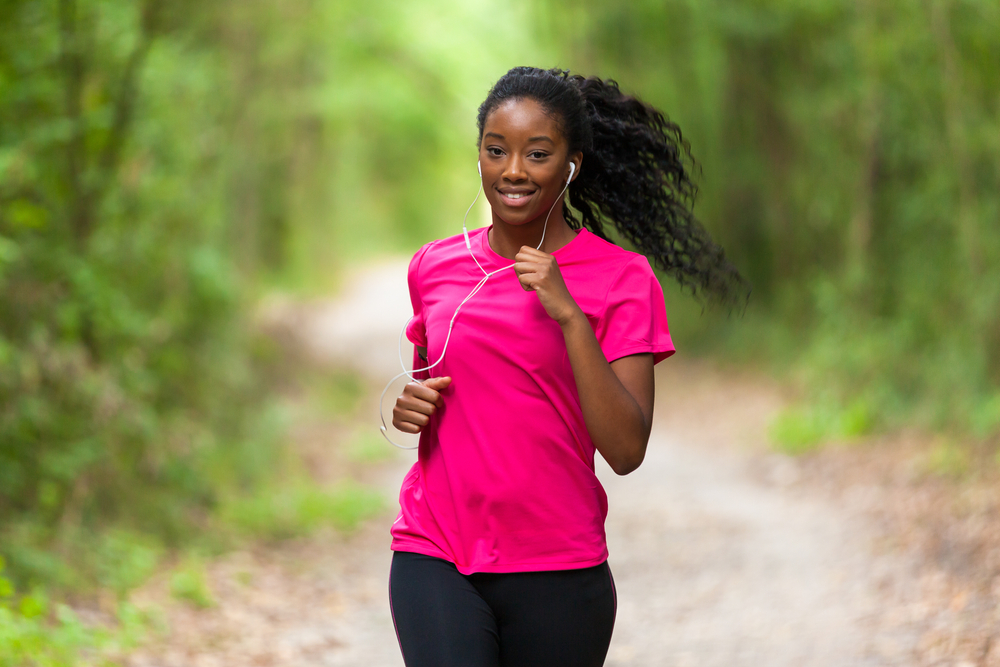
How to improve your running technique
If you’re prone to injury or feel you’re not progressing in your running, it could be down to issues with your technique. ‘Overstriding, where your foot lands too far in front of your body, is a common error made by newer runners,’ says Liam Walton, athlete experience manager at INCUS Performance.
‘It slows down your leg turnover and increases landing forces through your lower body, slowing down your body more than necessary on every step. Try to take shorter, quicker steps,’ he says. And watch those shoulders.
‘Another common problem is having a tight upper body, particularly in the shoulder, which can cause stiffness and discomfort in the neck and back as well as throwing you off your stride. Be as relaxed as possible while maintaining a good arm drive to complement the effort of your legs,’ he adds.
A posterior pelvic-tilt (aka “sitting on the toilet”) running position is another common error that runners struggle with, says Anna Kosciuk, sports scientist at NURVV. ‘It’s often the result of tight hamstrings (back of thighs).
Doing hamstring and calf stretches post-run will help. Try the standing hamstring stretch, downward dog and superman stretches to ease out the muscles, or roll them with a foam roller. And think about tucking in your tailbone slightly when you run.’
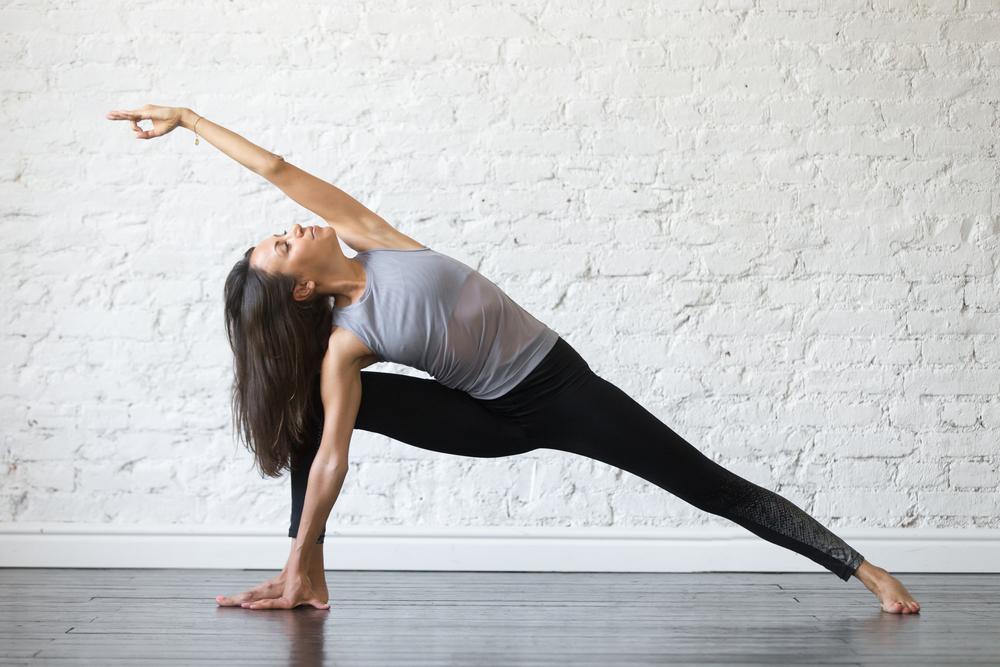
How to improve your yoga technique
While it’s tempting to push a little harder to achieve a deeper stretch or more ‘advanced’ level of pose, you should listen to your body, as forcing it can compromise good form and technique, advises Felicity Wood of Felicity Wood Yoga.
‘Small details can make a big difference to your ability to do a pose, how you feel in the pose and the level of intensity,’ she adds.
‘With backbends, try to spread the feeling of intensity evenly through your whole spine, so that it’s not just concentrated in one area. With seated twists, try to lift up from your lower back first, then initiate the twist from your ribcage through to your collarbone and keep your head in line with your spine.
‘With downward-facing dog, experiment with the position and orientation of your hands to see if you can find more freedom for your shoulders and neck. You could take your hands wider, turning your fingertips out or in slightly, to see if you can find more ease in the pose. The same goes for handstand.’
How to improve your gym technique
Katie Farnden, tutor and assessor at Future Fit Training gives us her five-second technique tweaks for two must-do gym-workout moves.
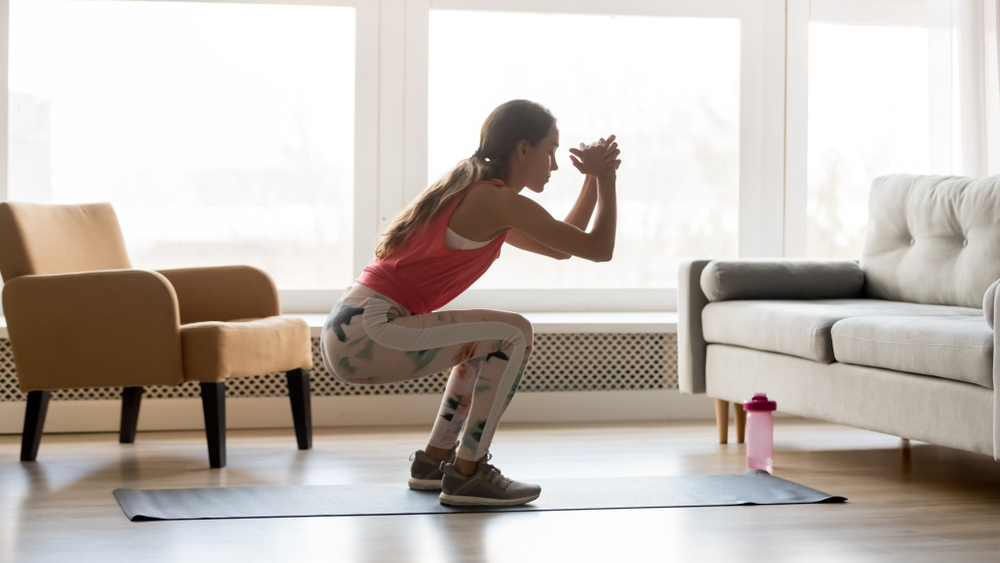
SQUAT:
- With legs shoulder-width, angle your feet slightly outwards and brace your abs to stabilise your core.
- Keep your feet flat on the floor, weight in both your heels and toes.
- As you push your hips back and bend your knees to lower, inhale and push your knees outwards in line with your feet.
- Aim for your thighs to be parallel to the floor at the bottom of the move, or for your hips to be lower than your knees.
- Exhale and apply pressure to the middle of your feet as you push back up through your hips, keeping your chest lifted and spine neutral.
BARBELL DEADLIFT
- When you’re standing with feet shoulder-width and the bar over your insteps, check your feet are forwards or slightly turned out.
- As you push your hips back and bend to lower to the bar, keep your head aligned with your body, chest lifted, shoulders back and down.
- As you grab the bar outside your legs with straight arms (both hands overhand grip or one overhand and one underhand is fine), engage those mid-back muscles. Take a deep breath into your belly and hold it in to help brace your core.
- Drive those feet into the floor as you straighten your legs and push your hips fully forwards, lifting the barbell close to your body. Exhale and don’t forget to squeeze your glutes.
- Keep your chest lifted and exhale as you flex your hips and knees to lower the bar to the floor.

